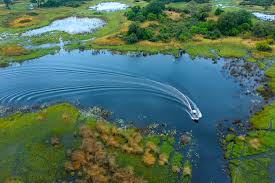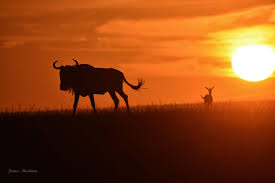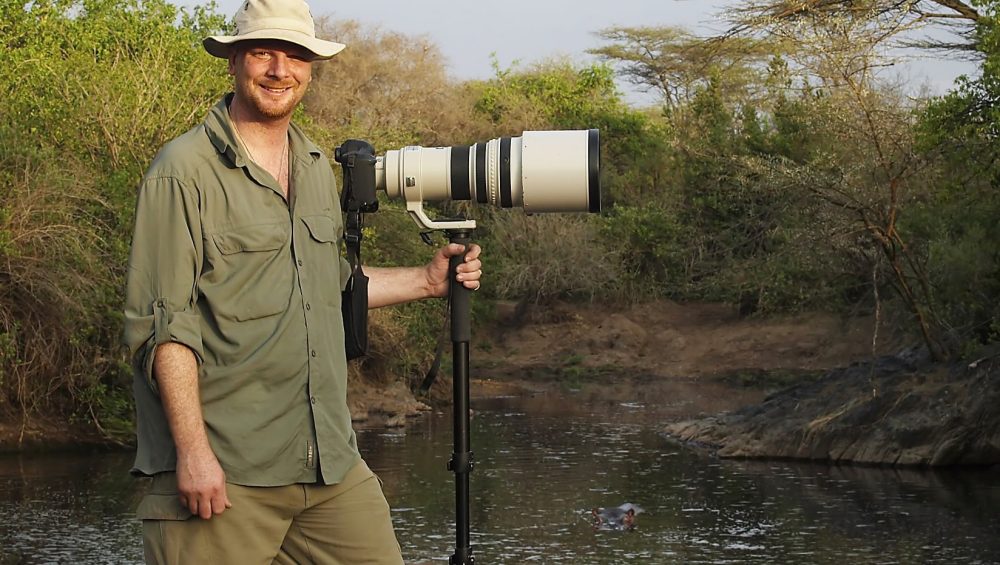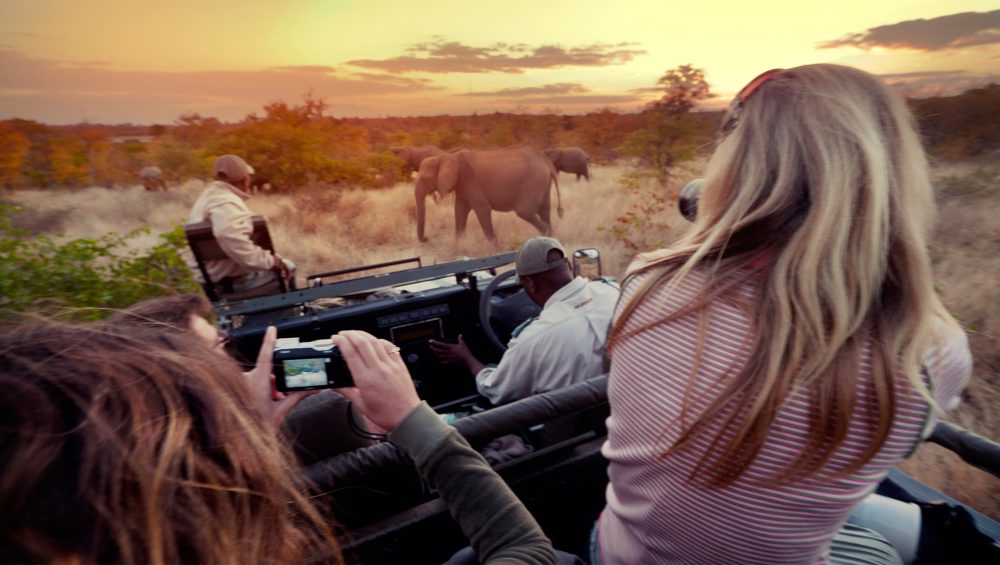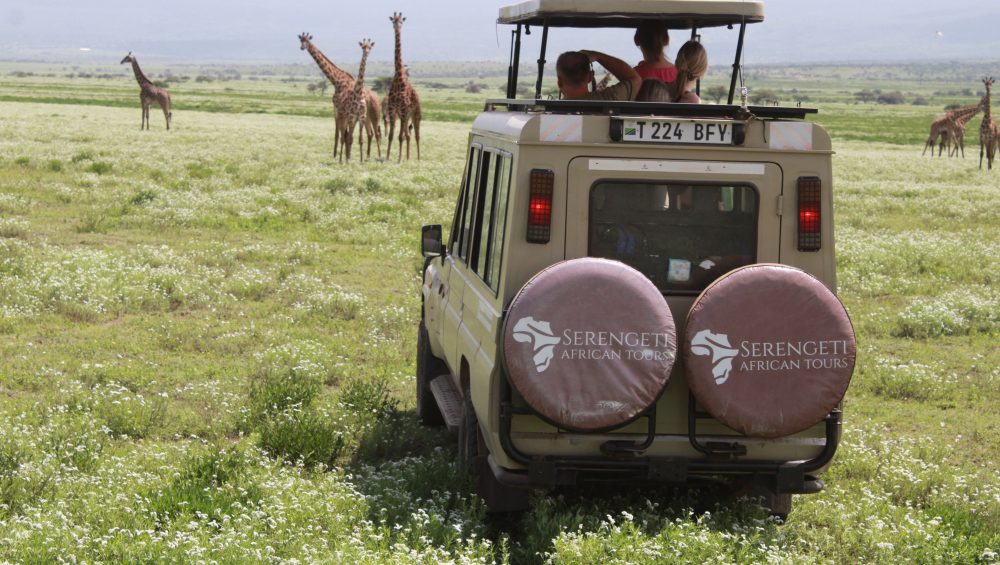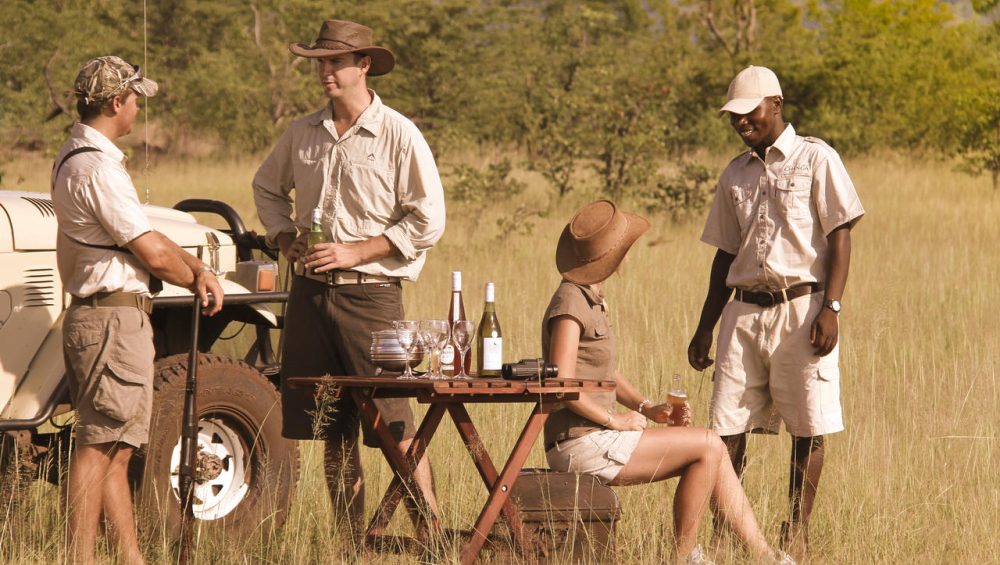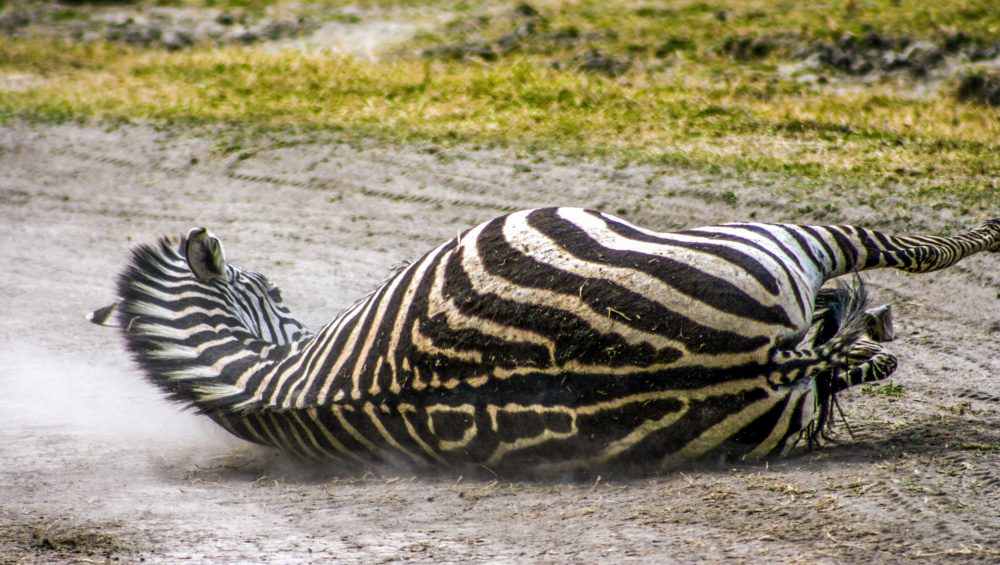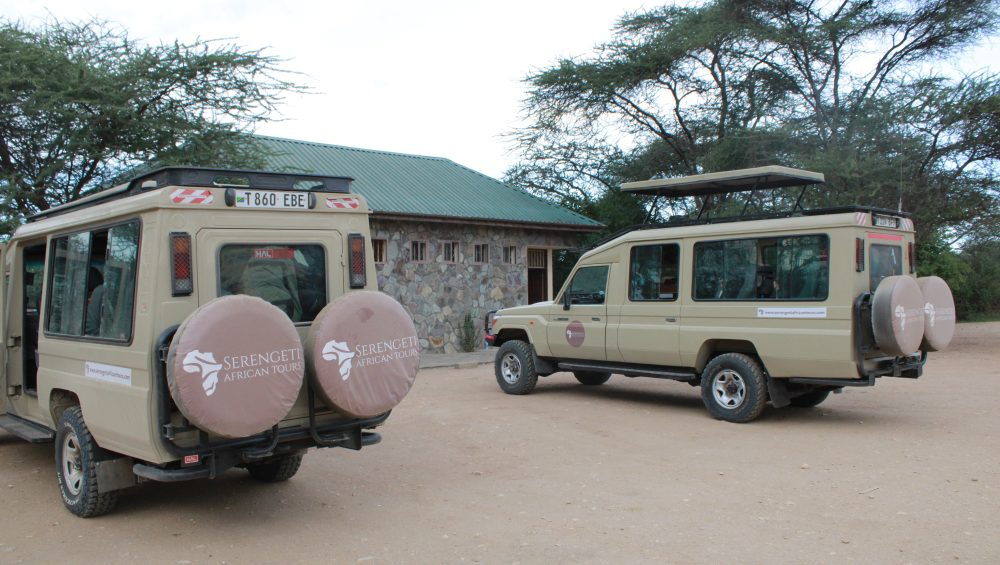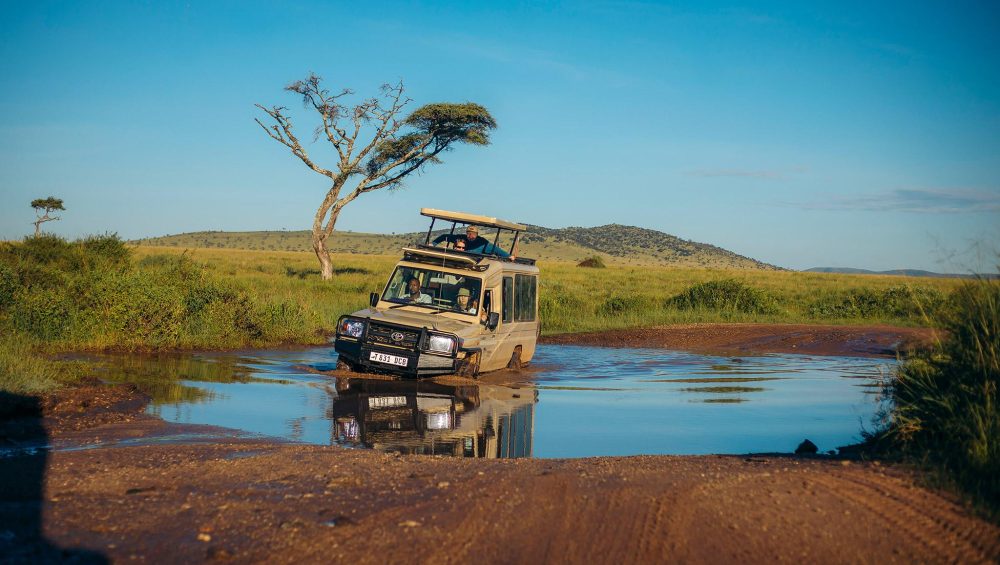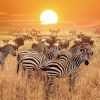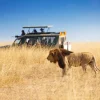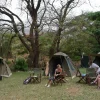Drone Photography on Safari: What You Need to Know
Drone Photography on Safari: What You Need to Know
Drones have revolutionized wildlife and landscape photography, offering breathtaking aerial views of Tanzania’s vast savannas, winding rivers, and roaming wildlife. But before you pack your drone for a safari, it’s crucial to understand the regulations, challenges, and ethical considerations of flying in protected areas.
In this guide, we’ll cover drone laws, best practices, and alternative ways to capture aerial footage while respecting wildlife and local guidelines.
1. Are Drones Allowed on Safari in Tanzania? 🇹🇿
✔ Strict Regulations:
- Drones are banned in national parks and game reserves without special government and park authority permits.
- Flying a drone in protected areas without permission can result in heavy fines or confiscation.
✔ Special Permits Required:
- Permits are issued by Tanzania Civil Aviation Authority (TCAA) and Tanzania National Parks Authority (TANAPA).
- Approval is rare and usually granted for scientific research or authorized film projects.
- Permit applications can take weeks or months and require fees, flight plans, and security clearances.
✔ Restricted Areas:
- Serengeti, Ngorongoro Crater, Tarangire, and all national parks & reserves
- Border zones, military areas, and airports
✅ Where Can You Fly a Drone?
- Some private conservancies, lodges, and non-protected areas may allow drone flights with permission.
- Coastal areas like Zanzibar’s beaches have drone-friendly spots (but still require local approval).
2. Why Are Drones Restricted on Safari? 🦁
✔ Protecting Wildlife:
- Drones can stress animals, causing unnatural behavior.
- Sudden noise can disrupt hunting, feeding, or migration patterns.
✔ Safety Concerns:
- Collisions with birds, trees, or safari vehicles.
- Risk of drones falling near or on animals.
✔ Respecting Other Travelers:
- Many people visit safaris for a peaceful, immersive experience—not buzzing drones.
- Parks enforce restrictions to protect tourism quality.
3. What Happens If You Bring a Drone Without a Permit? 🚨
✔ Confiscation: Rangers or customs officers may seize your drone at the airport.
✔ Fines & Legal Consequences: You could face steep fines or legal action for unauthorized flying.
✔ Park Expulsion: If caught flying in a restricted area, you may be banned from the park.
🔹 Pro Tip: If you must travel with a drone, declare it at customs, and clarify where you intend to fly it.
4. Alternative Ways to Capture Aerial Safari Footage 📸
Even if drones are restricted, you can still get stunning aerial views:
✔ Hot Air Balloon Safaris 🎈
- Serengeti & Tarangire offer sunrise balloon rides with epic views.
- Photography tip: Use a wide-angle lens to capture the full landscape.
✔ Scenic Flights ✈️
- Charter a small aircraft over Serengeti, Ngorongoro, or Ruaha.
- Best for documentary-style aerial photography.
✔ Lodge Viewpoints & Elevated Areas 🏔️
- Some safari lodges have hilltop views or raised decks for panoramic shots.
- Capture the golden hour without needing a drone.
5. Drone-Friendly Locations in Tanzania 🌍
If you have the proper permits, consider flying in:
✅ Zanzibar Beaches & Coastal Areas 🌊
✅ Lake Natron (outside protected zones)
✅ Certain Private Reserves & Conservancies
Always check with local authorities or lodges before flying!
Final Thoughts: Should You Bring a Drone on Safari? 🤔
While drones can capture breathtaking footage, Tanzania’s strict laws and ethical concerns make them impractical for most safari travelers. Instead, consider alternative aerial photography methods like hot air balloons and scenic flights to experience Africa’s landscapes without disturbing wildlife.
Deals and Discounts
Our Best Selling Tanzania Tours & Safaris
2 Days Tanzania Budget Safari
- Price: $500 per person
- Tour Type: Budget Safari, Joining Groups
- Place Visited: Arusha, Tarangire, Ngorongoro Crater
3 Days Safari Serengeti & Ngorongoro Crater
- Price: $750 per person
- Tour Type: Budget Safari, Joining Groups
- Place Visited: Arusha, Serengeti, Ngorongoro Crater
3 Days Tanzania Big 5 Budget Safari
- Price: $650 per person
- Tour Type: Budget Safari, Joining Groups
- Place Visited: Arusha, Tarangire, Lake Manyara, Ngorongoro Crater
3 Days Tanzania Safaris, Waterfalls And Coffee Tour
- Price: $620 per person
- Tour Type: Budget Safari, Joining Groups
- Place Visited: Arusha, Tarangire, Ngorongoro Crater, Materuni Waterfalls & coffee tour
3-Day Serengeti and Ngorongoro Camping Fly-in Safari
- Price: $1500 per person
- Tour Type: Budget Safari, Private Safaris, Camping Safaris, Fly In Safaris
- Place Visited: Arusha, Serengeti, Ngorongoro Crater, Zanzibar
3-Day Tarangire NP, Ngorongoro and Materuni Waterfalls
- Price: $605 per person
- Tour Type: Budget Safari, Joining Groups, Lodge Safaris
- Place Visited: Arusha, Tarangire, Ngorongoro Crater, Materuni Waterfalls & coffee tour
3-Day Tarangire, Ngorongoro and Kilimanjaro Hike
- Price: $715 per person
- Tour Type: Budget Safari, Joining Groups, Lodge Safaris
- Place Visited: Arusha, Tarangire, Ngorongoro Crater, Kilimanjaro Mountain
4 Day Taste of Tanzania Budget safari
- Price: $900 per person
- Tour Type: Budget Safari, Joining Groups
- Place Visited: Arusha, Tarangire, Serengeti, Ngorongoro Crater

